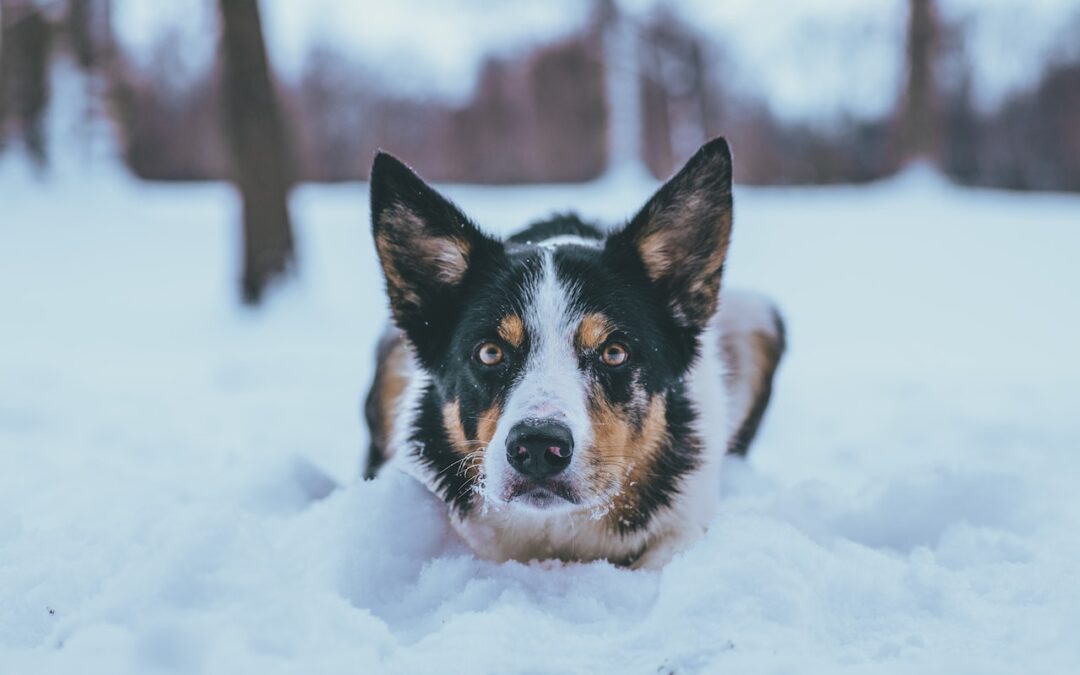As winter approaches and temperatures drop, pet owners need to stay alert for potential cold weather dangers that can arise. Extremely low temperatures and deep snow drifts can put extra strain on both indoor and outdoor animals, so it’s important to be able to recognize when a pet may be in danger of developing a serious health condition or illness due to exposure. In this blog post, we’ll discuss the signs of a winter pet emergency as well as strategies for protecting your furry friends from harsh winter conditions. Keep reading if you want to make sure your four-legged family members remain safe during the coldest months!
Antifreeze toxicity in pets
Antifreeze is used to keep your car’s engine functioning in the winter, but it can wreak havoc on your pet’s internal systems. Ethylene glycol, the main ingredient in antifreeze, is a sweet substance that is poisonous to pets. If ingested, your pet may exhibit “drunken” behavior like nausea, vomiting, and stumbling. Antifreeze toxicity can escalate to seizures or a coma, so prompt treatment is crucial if you notice your pet lapping up a spilled antifreeze puddle.
Hypothermia and frostbite in pets
Hypothermia and frostbite go paw-in-paw if your four-legged friend plays outside for too long in cold, wet conditions. A pet’s normal body temperature typically falls between 100.5 and 102.5 degrees Fahrenheit, so a drop to 98 or 99 degrees is considered hypothermia. Signs include:
- Pale skin
- Shivering
- Lethargy
- Confusion
- Cool body surfaces
Without treatment, hypothermia can cause your pet to stop shivering, collapse, have fixed and dilated pupils, develop slow and irregular heart and respiratory rates, or fall into a coma.
Frostbite occurs when bodily tissues become damaged because of extreme cold. As the body shunts blood away from the extremities (e.g., paws, ears, tail) to keep vital organs functioning, the skin will become pale and chilly to the touch. Frostbitten areas can turn scaly, red, and swollen when warmed, develop blisters, or darken and die.
General emergency signs in pets
Frigid, wet weather and products to counteract these environmental conditions cause the most trouble for your pet, but wintertime also creates other hazards. Your furry pal may fall victim to poisonous seasonal plants, visiting guests’ medications, or toxic holiday meals. General warning signs that indicate your pet needs emergency veterinary treatment include:
- Bleeding that does not stop
- Unconsciousness
- Difficulty breathing
- Excessive vomiting
- Seizures
- Limping or pain
- Inability to urinate or defecate
- Blood in urine or feces
- Pale gums
- Eye injuries
It can be difficult to know if your pet is experiencing a true emergency. When in doubt, contact our team for help.

